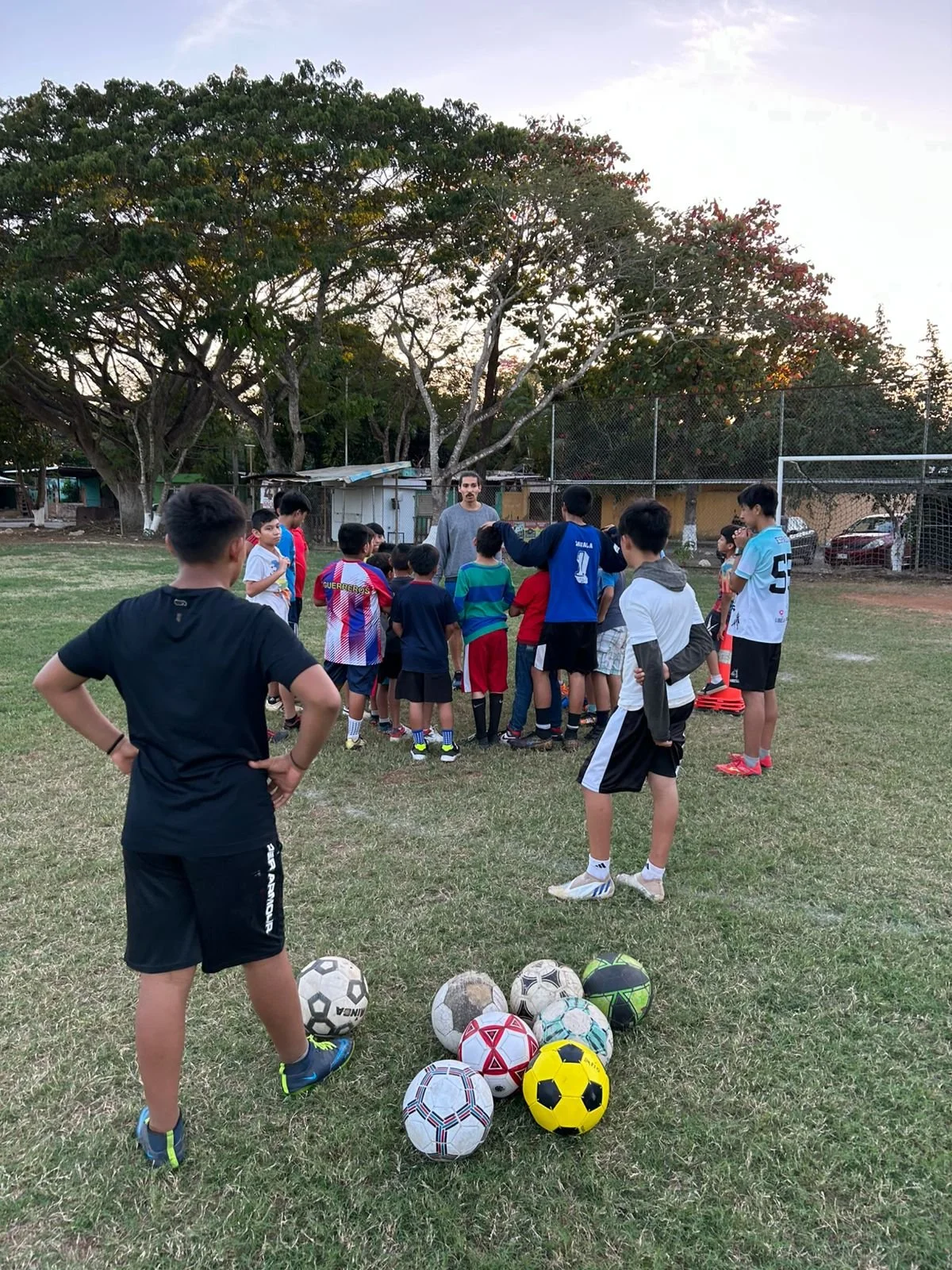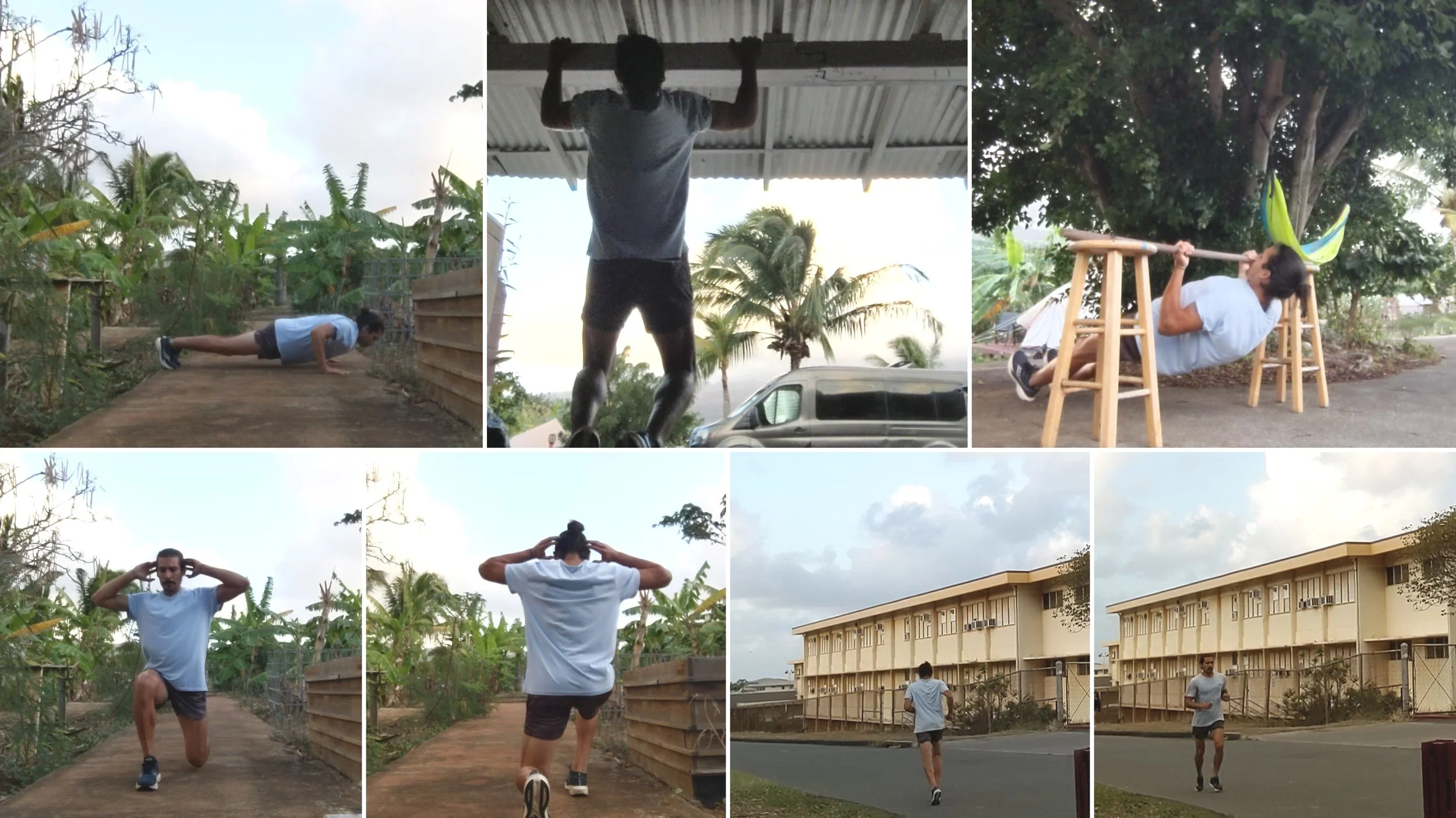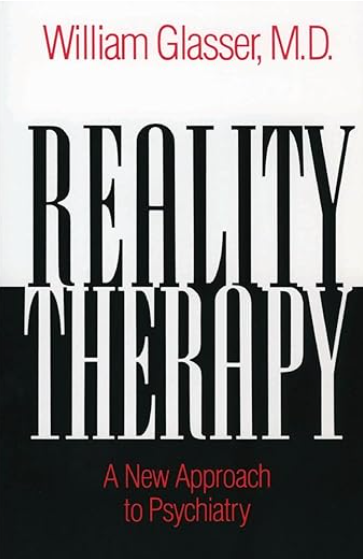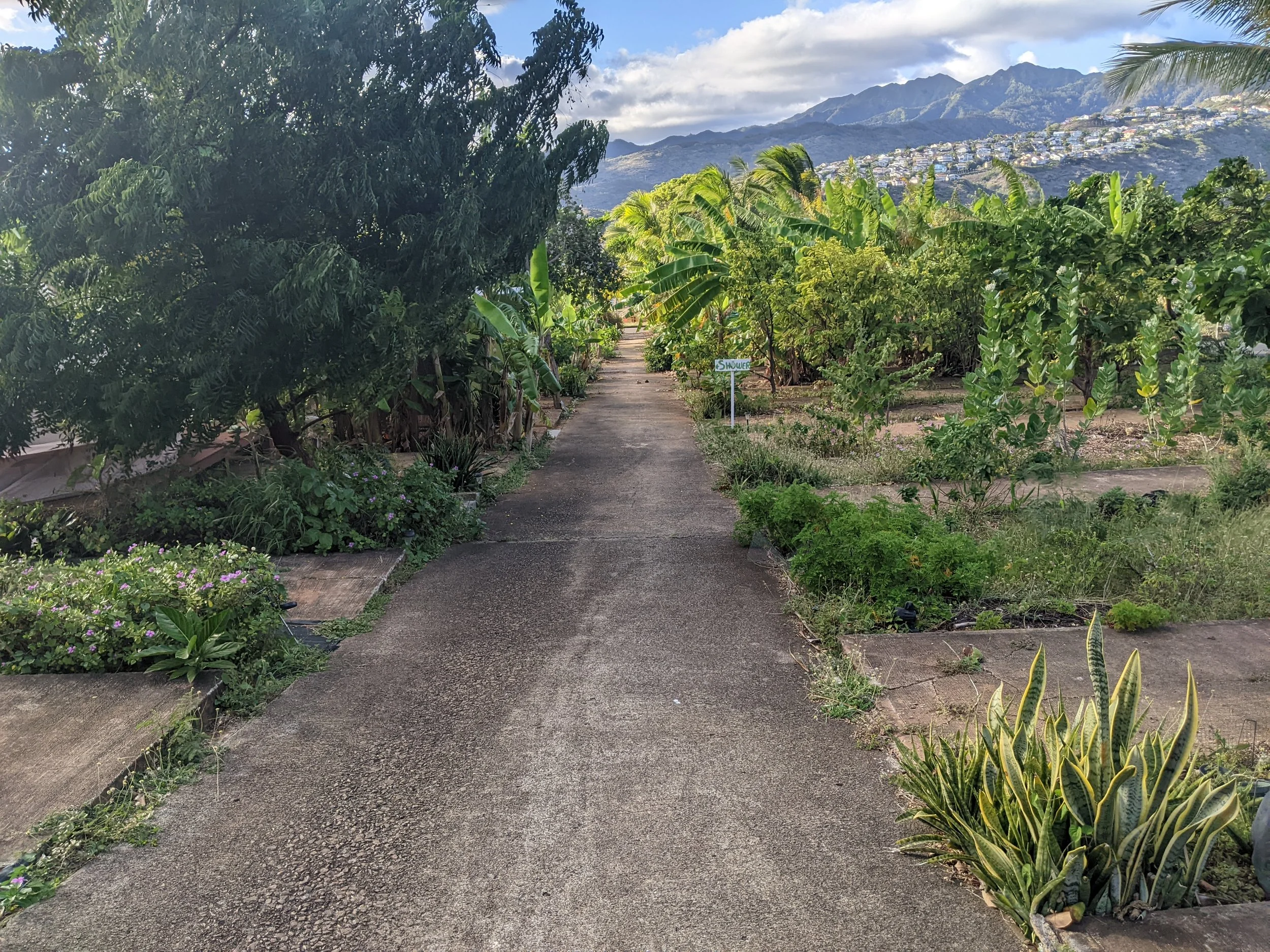January 2025
The first ten days of 2025 were highly focused and intentional, as I prioritized writing and arranging the final details of this website. Fifteen months after conceiving the idea to build a creative area to share my life experiences, I set a goal to publish my blog within the first month of the year, and I was able to finally do it on January 10th. Although it’s immensely gratifying to have achieved this important milestone, I acknowledge it’s an ongoing project and the real work has only begun. Writing and building this space has been an amazing learning endeavor that has tested not only my ability to express myself in inventive ways, but also to develop discipline, consistency, and accountability.
The last few weeks prior to publishing and thereafter, I realized the utility of concentrating and avoiding distractions (much easier said than done). Periodically working on the content and design of the site for over a year gave me the perception it was taking me too long, and I knew that if it truly mattered to me, I could do more. I became aware of the resistance I had been experiencing (and continue to do so), I decided to be more deliberate with my time and attention, tried to ignore doing what felt productive but only deviated me from making real progress, and through such efforts the website ultimately came to fruition.
TRAVEL
On January 15th I left Honolulu, Hawaii, where I got to live a one-of-a-kind experience. I spent two months volunteering at a beautiful farm owned by a kind, friendly and hardworking family. In exchange for my work, I was offered accommodation and food as part of a program known as Worldpackers. Discovering this platform was life-changing for me, as it not only made long term travel affordable for me but also gave me the opportunity to immerse myself in other parts of the world, learn new skills, grow as a human being, and realize the impact I can make by helping other people and communities with my gifts and talents.
My destination was Merida, Mexico – my first international journey after living in four different states of the U.S (Colorado, Washington, D.C, and Hawaii) for the past nine months. Since arriving at Merida, I have sensed a totally different environment and culture, and adapting to it has been so gratifying. Based in a small and humble neighborhood, I get to volunteer for a foundation dedicated to social work. Specifically, I am teaching sports and English to a group of about sixty kids and teenagers – a sector entirely new to me, and frankly intimidating, that has been a true test of resilience and highly rewarding at the same time. Having the opportunity to lead kids and teenagers, try to instill in them healthy behaviors, and teach them useful skills that could serve them in the long term is a wonderful blessing. It continues to challenge me every day, but learning and growing through it has been an invaluable life lesson.
These are some interesting subtleties I appreciated and got to learn from in my day-to-day:
An Inspirational Encounter
I met Henry, a gentleman in his seventies with an Asian background, who approached me and introduced himself while I was sitting and writing in the outdoor eating area at the farm in Honolulu. He was a local who I had seen from a distance before but didn’t get to talk to until then. He often walked in the farm around sunset time, picked some fruits, and chatted with whoever he ran into – usually some farm guests or volunteers. I was captivated by Henry’s vitality when I got to speak with him for a few minutes. I could perceive his great spirit by the way he carried himself and I thought to myself, “Wow, I hope I can be like him if I get to live as long as he has.” On subsequent days, while running around the neighborhood, whether in the morning or afternoon, I would see Henry walking, we would call each other’s names, wave, and with his contagious smile he would cheer me on. Noticing his few habits of walking, entering the farm to get some fruit and making genuine connections with other people, to me was a real example of behaviors that can contribute to living more vibrantly as Henry does.
Running Adventures
As it has been the norm every time I got to a new and unknown place, figuring out running routes is a tricky adventure, and it has been to a greater extent in Merida, Mexico. My typical approach is to look at Google maps, plot a loop that is simple enough to remember and then go for it. It’s not the most reliable method but I prefer it because I don’t enjoy carrying my phone while running, and this also provides an opportunity to explore and get more familiar with a place. Although I have gotten lost and found my way back several times before, it has been a different experience in Merida. On my first two or three runs, I got lost and it was much more difficult to orient myself, largely because many of the streets are not clearly signaled, in fact I realized they only have numbers instead of names. Also, I found there are some roads that may not appear on Google maps, making it easier to lose the sense of direction. I recognize this type of situation can often lead to a bit of fear and anxiety, as has been the case for me. However, I have learned to welcome it and see it as an opportunity to develop my ability to remain calm and collected.
Another occurrence I was utterly naïve about was encountering street dogs on my runs through the neighborhood. There have been three instances so far, where I ran past a dog, and it started barking while chasing after me. These moments were admittedly scary, but I was able to make the dogs go away by turning toward them and faking as if I would throw something at them. Eventually, I realized that running by a dog tends to arouse it and want to start chasing, therefore, every time I have spotted a dog since, I slowed down and walked until I was well past it, and this has worked just fine.
Immersion In Mexico
Engaging with the environment and culture of a modest neighborhood in Merida has allowed me to appreciate the value of a slower pace of life, family, community, simplicity and kindness. All the people I met and got to work with thus far have been so friendly, respectful and welcoming, making me feel at home since the day I arrived. Getting invited to Sunday family gatherings, being offered to try typical Mexican dishes, attending Mass at the neighborhood’s church packed with people of all ages, seeing the local park and soccer fields in the afternoons crowded with kids and parents involved in different activities, being greeted by everyone I come across while walking or running, helping kindhearted kids and teenagers eager to learn and work hard, has truly enriched my life in the last few weeks and I couldn’t be more grateful for it all.
TRAINING
After completing the Honolulu Marathon – my 5th and last one of 2024 – on December 8th, I took a much-needed break from all training through the end of the year. It’s been so many years that I can’t recall the last time I may have taken a break from exercise for longer than two weeks. My daily movement routine during this period was essentially walking around doing work on the farm where I was volunteering in Honolulu.
Intentionally resting for three and a half weeks, I allowed my body to recover and revitalize for a new season of training. Towards the last couple of days of this break, it was mentally difficult not to train, as in my mind I perceived I was getting weaker and losing my fitness. However, I knew that abstaining from exercise through the beginning of the new year, as I had committed to, would only benefit my body in the long run. Reading, writing, and mostly working on this website, which I had the goal of finally publishing in January, were meaningful activities I dedicated my time and energy to instead and helped me overcome the mental urge to start training again.
On the first day of 2025, training resumed with a different focus. Having a new fitness challenge in mind, it shifted to decreasing my regular running volume and incorporating metabolic conditioning (higher intensity, circuit fashion) workouts, to prepare for a HYROX competition. This recently caught my attention, and I think the required style of training – combining strength and cardio – is quite unique. Diving into a new form of exercise, learning to perform new movements, and pushing outside my comfort zone has been enjoyable and exciting. On a weekly basis, I have been going on two longer runs (between seven and nine miles) and alternating solely strength sessions at the gym with metabolic conditioning workouts the remaining four to five days.
Lastly, another change I have made is training at different times of the day. For the past several years my preference has been to train in the early morning, as it’s the time I have the most energy. In addition, this enables me to show up for the rest of my daily activities as best as I can. In a Modern Wisdom podcast episode, I once heard Alex Hormozi mentioning the notion that developing an ability to perform under diverse circumstances is key to self-improvement, growth and resilience. Allowing the adequacy of one’s response to daily life experiences, to be dictated by the completion of a specific routine, could be detrimental when faced with the reality of uncertainty. In other words, it’s important not to be so tethered to a routine that any unexpected situation calling for a diversion from it completely sets up an individual for failure. Mixing up my training times between early and late mornings, as well as early and late afternoons according to the flow of my daily activities, has triggered a lot of discomfort, especially because I have become so accustomed to training early in the morning. Learning to welcome such discomfort and working through it day by day has been rather satisfying and I have been slowly reaping the benefits, as I find it a bit less difficult to train regardless of the time of day. Realizing I can show up to exercise irrespective of any conditions has been a tremendous help in building trust in myself and boosting my confidence.
NUTRITION
The first half of the month while I was still in Hawaii, the food I had access to was the same as in the U.S mainland, although it was much pricier. Slow travelling for the past nine months has not been an excuse for me to neglect the quality of my nutrition. Given the availability and affordability of foods in the different places I got to live, I have been able to maintain my eating habits by making intentional choices based on simplicity and real (whole) foods.
Adapting to a new environment and a different culture since arriving to Merida, Mexico, in mid-January has been a wholesome experience. Even though the food supply is not very different from the U.S, grocery shopping according to the principles I follow has been a novel and fun process. Although I prefer to make my own meals and eat the foods I enjoy and feel that nourish my body, travelling has challenged me to be more flexible, allow myself to have foods I typically wouldn’t have and embrace the experience surrounding it. Whether it’s going to a barbecue restaurant for a co-volunteer’s farewell dinner in Denver, having a traditional English cake at a Christmas dinner in Honolulu, or trying a traditional Mexican dish known as pibes at a family gathering in Merida.
READING
In the mornings I am currently reading Jesus Calling – Enjoying Peace in His Presence – by Sarah Young. It has short readings for every day of the year, refencing excerpts from the Bible, to reflect and meditate on. This book has been an invaluable companion for the past three plus years, and I continue to learn from it every day.
I find this a highly encouraging passage, especially for the beginning of a new year, and I constantly try to remind myself of it:
“For I know the plans I have for you,” declares the Lord, “plans to prosper you and not to harm you, plans to give you hope and a future.”
Jeremiah 29:11
I also started reading a book called Reality Therapy – A New Approach to Psychiatry – by William Glasser, M.D., and have been really enjoying it. The alternative strategy applied through reality therapy, in relation to conventional (contemporary) therapy, is fascinating and it highly resonates with me. The main concept presented in the book highlights the principles and objectives of therapy from a reality – present and future oriented – standpoint, and provides a strong argument, as well as evidence, supporting its greater efficacy over conventional therapy – mostly centered on past events and traumas.
In essence, the more noteworthy reasons reality therapy tends to be more effective than contemporary therapy are:
It’s predicated on the principle that a patient’s suffering is a result of irresponsible behavior, inability to fulfill basic needs, and avoidance of truth - holding the patient accountable. Contemporary practice excuses irrational behavior by centering the patient as a victim of unfavorable environments and unfortunate circumstances, placing blame on external factors and hindering progress toward positive change.
It emphasizes the present – what the patient is currently doing to improve – empowering the individual to take control over behaving more responsibly and live a better future. Contemporary therapy stresses the past – why the patient began suffering – and seeks the “root cause” of the individual’s unwanted behavior. This is futile and only makes matters worse, as it doesn’t allow the patient to perceive the immediate reality, getting stuck ruminating over the past.
I have gotten so much wisdom and perspective from reading Reality Therapy, but one of the excerpts I found useful and summarizes most of what the book is about says:
“…The therapist who accepts excuses, ignores reality, or allows the patient to blame his present unhappiness on a parent or an emotional disturbance can usually make his patient feel good temporarily at the price of evading responsibility…” “People do not act irresponsibly because they are ill; they are ill because they act irresponsibly.”
In a world where therapy has increasingly become popular, as people are more open-minded about it and see it as a rather healthy practice, I find now to be an appropriate time to read this book and strongly consider its content.
While listening to a Zero to Travel podcast episode with Lauren Handel Zander, I got an interesting insight into the meaning of life coaching, and thought a parallel can be drawn to reality therapy. They both focus on present behavior as a function of the future and empower people to make wiser decisions here and now, to create the habits that will lead to change and self-actualization in the long term. A quote from the book alluding to this notion states:
“…Therapists must direct patients toward being more responsible and realistic in the sense of being willing to make immediate sacrifices for long-term (or even lifelong) satisfactions and gains…”
PODCASTS
Listening to podcasts is a habit that has added a ton of value to my life, and they are useful resources I continually utilize for personal development. These are some insightful and inspiring episodes I listened to in the past month:
Zero to Travel:
How to Navigate Transitioning and Design Your Life (Without the BS) with Lauren Handel Zander
Chasing Excellence:
The Hidden Path from Pull-Ups to Peace of Mind (The Complete Roadmap)
Modern Wisdom:
#869 – Dry Creek Dewayne – Life Lessons From A Modern Cowboy
#884 – Nick Pollard – How To Stop Being Such A People Pleaser
#894 – Dan Koe – How To Design Your Life For Peak Creativity
#847 – Derek Sivers – The Unstoppable Power Of Reframing Your Experiences
School of Greatness:
Rich Roll:
Never Play It Safe: Chase Jarvis On Risk Creativity, & 7 Tools To Build The Life You Want
The Minimalists:
RECOVERY
Moving from Hawaii to Mexico in the middle of the month I realized was a significant stressor on my body, and it took me quite a few days to adjust and recover. In Hawaii, living on a farm meant I was outside in nature all day. I was sleeping in a tent and going about my daily activities out in the open, as all the living spaces on the farm were outdoors. My circadian rhythm was pretty much in sync with natural light, I slept regularly from 8.30pm-9pm to 4am, my energy levels throughout the day were steady, and having a consistent work schedule allowed me to develop a balanced daily routine.
My way to Merida, Mexico, was an eighteen-hour overnight trip, including two flights and a four-hour time zone change. In addition to not sleeping much while traveling, when I got to Mexico I was instantly exposed to a whole new environment with unknown places and people, having to instantly start adapting to it as best as possible. Aware of the potential challenges this was going to bring in terms of recovery, I tried to navigate the first several days with patience and perseverance. I prioritized rest and getting back into a regular sleeping pattern as soon as possible, while also focusing on nutrition and hydration. After two to three hectic days of helping, figuring out a stable work plan, familiarizing myself with the new surroundings, getting organized at the house where I’m staying and stocking up on groceries, I felt a bit more rested and settled, so I started training again. I recognize it’s often easy for me to become stressed and anxious when I’m completely thrown off schedule and my routine. Consequently, embracing discomfort, learning to be flexible, and having perspective as to the brevity of the circumstance, are responsive ways I try to practice and always end up serving me.












